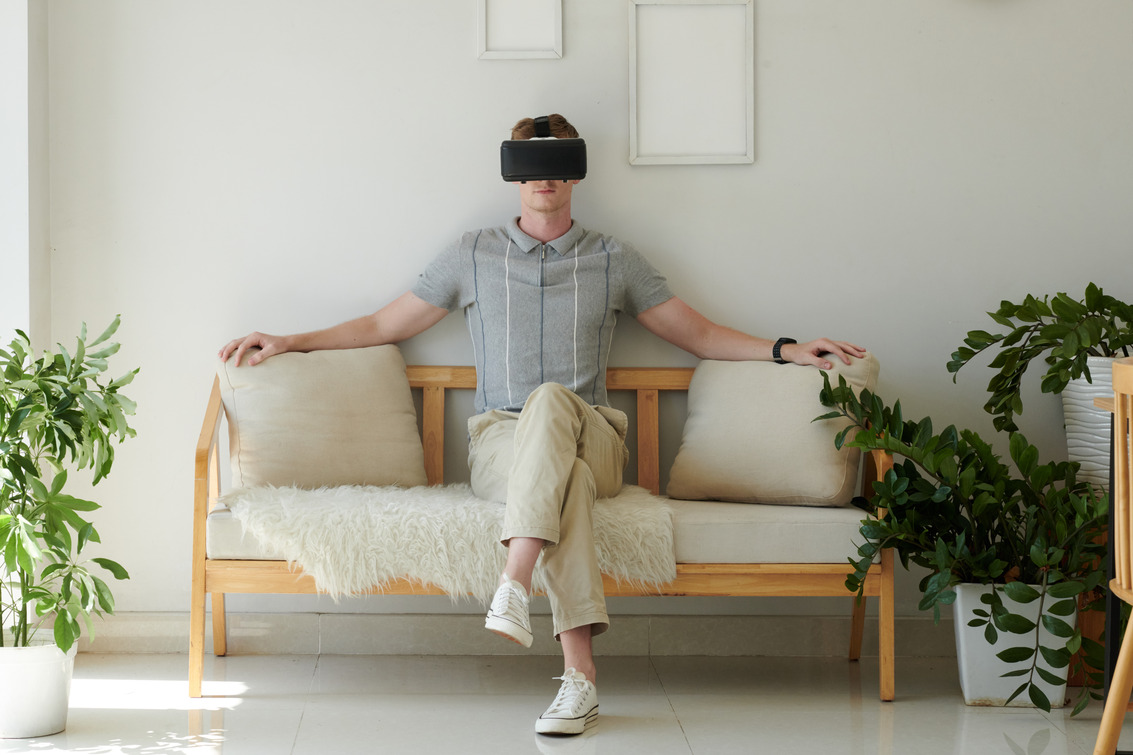The world of cinema has always been defined by its ability to transport audiences to new and exciting realms of storytelling. With the advent of Snapchat and Virtual Reality (VR) technology, the cinematic experience has undergone a profound transformation. In this article, we’ll delve into the world of VR movies, exploring the innovative ways in which they are redefining storytelling and immersing audiences in entirely new dimensions of film.
The Essence of VR Movies
1. Total Immersion
VR movies offer an unparalleled level of immersion. Unlike traditional films where viewers are passive observers, VR movies allow audiences to step into the narrative. With VR headsets, viewers are no longer spectators; they are participants, experiencing the story from the inside. This level of immersion creates a profound emotional connection between the audience and the narrative.
2. 360-Degree Storytelling
One of the defining features of VR specifically for adult movies is their use of 360-degree storytelling. Instead of a fixed frame, viewers can look in any direction, exploring the environment and characters from every angle. This freedom of perspective empowers audiences to choose where to focus their attention, providing a personalized and dynamic viewing experience.
3. Interactivity and Agency
VR movies often incorporate interactive elements, allowing viewers to influence the storyline. This agency gives audiences a sense of control over the narrative, as their choices and actions can impact the outcome. This level of engagement blurs the line between viewer and protagonist, making the storytelling experience incredibly dynamic.
The Evolution of VR Movie Technology
1. Enhanced Visuals and Audio
Advancements in VR technology have led to significant improvements in visual and audio quality. High-resolution displays and spatial audio systems create a more realistic and immersive environment. This heightened sensory experience is crucial for transporting audiences to virtual worlds that feel as tangible as reality.
2. Haptic Feedback
Haptic feedback devices, such as gloves or vests, simulate physical sensations in VR movies. When a character touches an object, viewers can feel it in their hands. This technology adds a tactile dimension to the VR experience, making it even more lifelike.
3. Full-Body Tracking
Full-body tracking systems enable viewers to see and control their avatars within the VR world. This technology allows for a deeper level of immersion, as users can interact with objects and characters using their own movements.
Pioneering VR Movies
1. “Henry”
Produced by Oculus Story Studio, “Henry” is a heartwarming VR movie that immerses viewers in the life of a lovable hedgehog named Henry. The film is notable for its endearing storytelling and innovative use of VR to create a strong emotional connection between the audience and the character.
2. “Pearl”
“Pearl” is an Oscar-nominated VR film that tells the story of a father and daughter traveling across the country in their beloved hatchback. The film’s unique perspective, which takes place entirely within the car, showcases the narrative possibilities of VR.
3. “Notes on Blindness: Into Darkness”
This VR experience is inspired by the audio diaries of John Hull, a writer and theologian who went blind. It offers a profound exploration of the sensory world of the blind and how it can be translated into a visual and auditory VR experience.
Challenges and Future Possibilities
Despite the incredible potential of VR movies, several challenges remain, including the cost of VR equipment for adult stars and the need for more content. However, as technology becomes more accessible and content creators experiment with new storytelling techniques, the future of VR movies looks promising.
In conclusion, VR movies represent a cinematic revolution that is pushing the boundaries of storytelling and audience engagement. With their immersive nature, interactivity, and technological advancements, VR movies offer a glimpse into the future of cinema, where viewers become active participants in the stories they experience. As VR technology continues to evolve, we can expect even more groundbreaking and unforgettable narratives to emerge, taking us on thrilling journeys beyond the screen.
